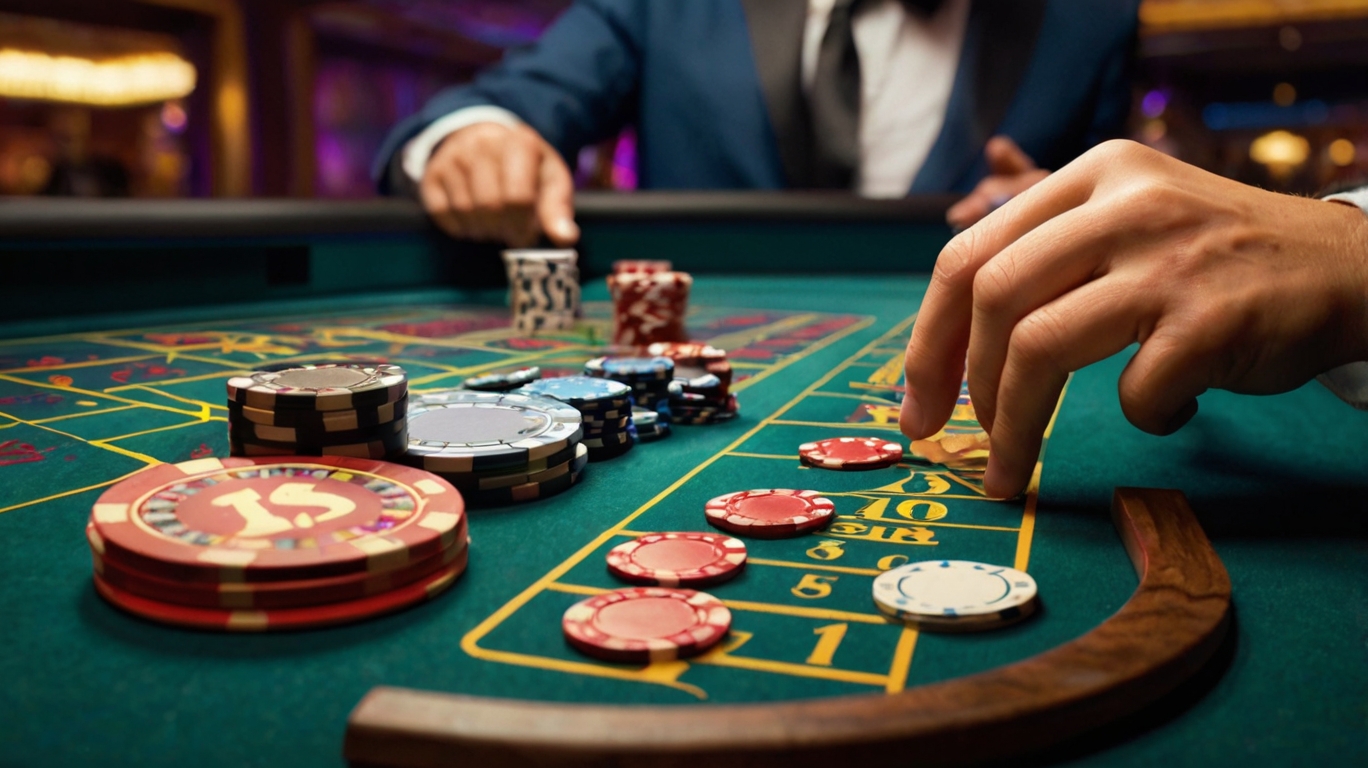
The combination of ability, strategy, and chance has always captivated players in casino games. Although chance plays a big part, these games’ mathematical foundation is what keeps casinos successful in the long run. To help both game designers and players understand the complexities involved, we shall explore the fundamental mathematical ideas that form the foundation of well-known casino games in this essay.
Probability and Randomness
Every casino game revolves around the idea of probability. An event’s probability is a measure of its likelihood to occur. Typically, probability is a number between 0 and 1, where 1 denotes certainty that the event will occur and 0 denotes the likelihood that it won’t.
Randomness is used into casino games in a number of ways, including card shuffling, roulette wheel spinning, and the use of random number generators (RNGs) in online games. Fair play requires that each event—such as a card being drawn or a number being rolled—be independent of the preceding events, and this is ensured by the randomness of the process.
House Edge
Within casino mathematics, one of the most important ideas is the “house edge.” The house edge is the mathematical edge that the casino has over the players. Usually, a percentage of the player’s wager is used to express it. For instance, the casino anticipates keeping 5 cents for each dollar wagered over the long term if a game has a 5% house edge.
The house has an advantage in different games. Here are a few examples:
- Roulette: In American roulette, the wheel has 38 numbers (1-36, 0, and 00). If you bet on a single number, the probability of winning is 1/38. However, the payout is 35 to 1. The house edge here is about 5.26%.
- Blackjack: Depending on the player’s skill level and the table regulations, the house edge in blackjack might change. It typically falls between 0.5% and 2%.
- Slot Machines: Slot machines typically have a higher house edge, ranging from 2% to 10%. It depends on the machine’s design and payout structure.
Expected Value
The “expected value” (EV) in casino games is another crucial mathematical idea. The EV is an average amount a player can anticipate to win or lose per wager if they were to play the game an endless number of times. It is computed by adding up all of the possible outcomes after multiplying each by its likelihood.
For example, in a straightforward coin flip game where you win $1 for heads and lose $1 for tails, the EV is computed as follows:
EV=(0.5×1)+(0.5×−1)=0.5−0.5=0\text{EV} = (0.5 \times 1) + (0.5 \times -1) = 0.5 – 0.5 = 0EV=(0.5×1)+(0.5×−1)=0.5−0.5=0
This means that you neither win nor lose money in a fair coin flip game over the long run.
Variance and Standard Deviation
Measures of how far a player’s results can depart from the expected value are variance and standard deviation. While low-variance games yield more consistent but smaller results, high-variance games have the potential to produce large wins or losses over brief periods.
For instance, slot machines frequently have high volatility, which means that players may go through protracted losing streaks interspersed with significant profits. On the other hand, games with less variance, such as blackjack, generally provide more predictable results over time.
Game Design and Player Engagement
Game designers need to comprehend these mathematical ideas. Designers should balance the house edge, payouts, and variance to produce profitable games for the casino. At the same time, games should be fair and entertaining for players. Offering a game with a low variance and house edge, for instance, can draw in players who like consistent gameplay. On the flip side, gamers looking for thrills and a huge victory may be drawn to high-variance games with large reward potential.
Conclusion
A remarkable fusion of probability, statistics, and game theory makes up the mathematics of casino games. Game designers can produce engaging and well-balanced games that keep players interested and guarantee the casino makes money by grasping these ideas. A greater comprehension of these mathematical concepts can help designers better appreciate the complex world of casino games.




